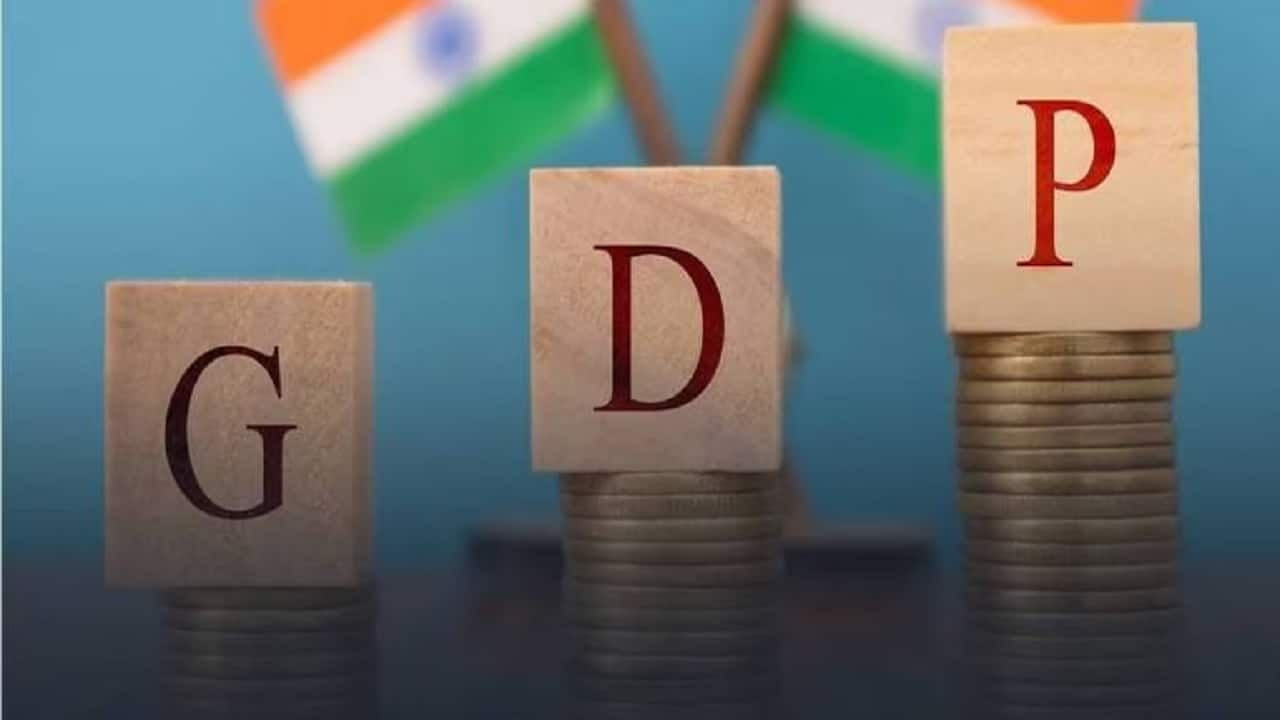 |
|
India's economic performance in the July-September quarter sent shockwaves through the financial world, revealing a significant deceleration to a seven-quarter low of 5.4%. This figure fell considerably short of consensus estimates and the Reserve Bank of India's (RBI) projection of 7%, prompting a flurry of downward revisions to full-year growth forecasts by leading economic analysts. The unexpected slump has ignited a debate regarding the appropriate policy response, with pressure mounting on the government to accelerate capital expenditure and on the RBI to potentially reconsider its monetary policy stance.
The disappointing GDP data highlighted a concerning slowdown in manufacturing growth, a key driver of India's economy. Analysts at firms like Goldman Sachs, Barclays, and Emkay Global Financial Services significantly lowered their growth projections for the fiscal year ending March 2025. Madhavi Arora of Emkay Global, for instance, revised her forecast down to 6% from 6.5%, citing weaker urban consumption due to subdued income growth, despite a perceived cyclical uptick in rural consumption. The underlying factors contributing to this economic slowdown are multifaceted and interconnected. Falling wages, diminished company profits, and persistent high inflation have collectively dampened economic activity over the past few quarters, creating a challenging environment for businesses and consumers alike.
The prevailing economic headwinds have prompted calls from several government ministers for interest rate cuts to stimulate growth. However, RBI Governor Shaktikanta Das has maintained a cautious stance, deeming interest rate reductions as 'very risky' given the elevated inflation rate. This creates a complex dilemma for policymakers: the need to support economic growth is counterbalanced by the risk of exacerbating inflation. The upcoming RBI monetary policy meeting on December 6th will be crucial in determining the central bank's response to the latest economic data. The subdued GDP growth and persistently high inflation rates will force the RBI to re-evaluate its projections for both inflation and GDP growth for the remainder of the fiscal year.
The significant deviation between the actual GDP growth and the RBI's forecast underscores the challenges in accurately predicting economic trends. The discrepancy between projected and actual figures necessitates a reassessment of the underlying economic models and assumptions. Madan Sabnavis, chief economist at Bank of Baroda, rightly points out the need to closely examine the revised projections that the RBI will unveil in its upcoming policy announcement. The RBI's response will be closely watched by investors, businesses, and the public alike, as it will provide insights into the central bank's strategy for navigating the current economic climate. The pressure on the RBI to act is likely to intensify given the consensus among economists regarding the need for stimulus measures.
Beyond interest rate adjustments, alternative policy levers are being considered. Some economists, including those at Standard Chartered, suggest that the RBI might consider lowering banks' cash reserve ratio (CRR) or implement other liquidity measures to enhance banks' lending capacity. This approach aims to indirectly boost economic activity by encouraging greater credit availability. The potential impact of such measures is a subject of ongoing debate among experts, with differing views on their effectiveness in the context of current economic conditions. The challenge lies in finding a balanced approach that supports growth without unduly fueling inflation. The interplay between fiscal and monetary policies will be pivotal in shaping India's economic trajectory in the coming months.
The disappointing GDP figures have also spurred calls for accelerated government capital expenditure. Economists at Standard Chartered believe that the lower-than-expected growth will likely increase pressure on the government to expedite infrastructure projects and other investment initiatives. This approach aims to inject much-needed stimulus into the economy by directly increasing demand and creating jobs. However, the efficacy of such measures depends on the government's ability to implement these projects efficiently and effectively. Delays in project execution could undermine the intended impact, highlighting the importance of streamlined administrative processes and transparent project management. The success of such a fiscal intervention hinges not only on the scale of spending but also on its timely and efficient deployment.
The sharp slowdown in manufacturing, as pointed out by several analysts, presents a particular challenge. This sector is crucial to India's economic growth and its resilience to external shocks. Addressing the factors contributing to the manufacturing slowdown, such as supply chain disruptions, regulatory hurdles, or lack of credit availability, is paramount. A comprehensive approach that addresses both short-term and long-term challenges is crucial for ensuring sustainable and inclusive economic growth. Policies aimed at improving infrastructure, fostering innovation, and enhancing the ease of doing business will be essential in revitalizing the manufacturing sector and bolstering overall economic activity. The government's role in fostering a conducive business environment will be instrumental in ensuring the long-term health of the Indian economy.
In conclusion, India's economic slowdown presents a complex set of challenges that require a nuanced policy response. The interplay between fiscal and monetary policies, along with structural reforms aimed at enhancing productivity and competitiveness, will be critical in determining the country's economic trajectory. The decisions made by the RBI and the government in the coming months will have significant implications for India's economic prospects. Careful consideration of the risks and trade-offs associated with different policy options is crucial to ensure a sustainable and inclusive path towards robust economic growth. The coming months will be a critical period for observing how policy responses influence the economy and whether the planned interventions successfully address the underlying issues driving the current slowdown.
Source: Analysts rush to pare India forecast after growth shocker
